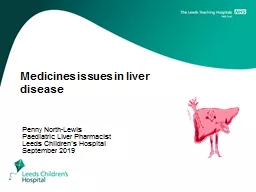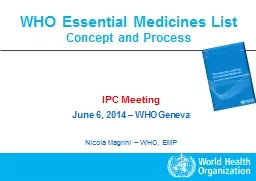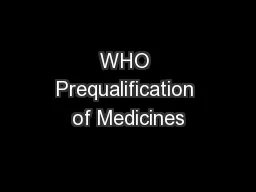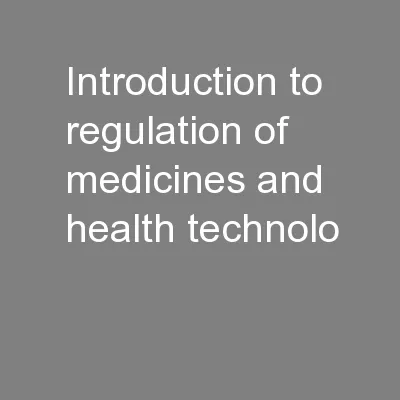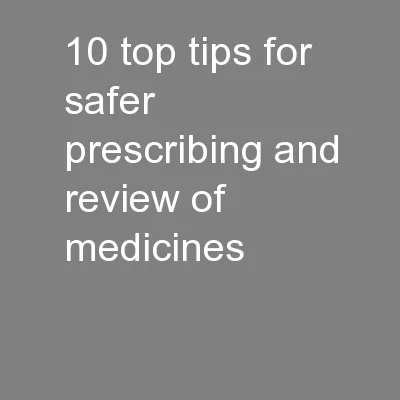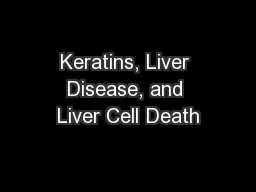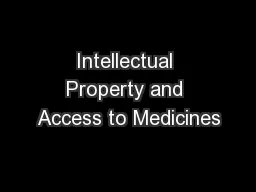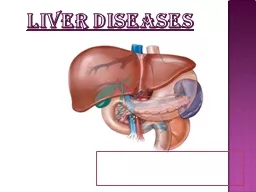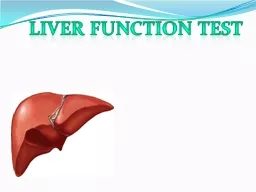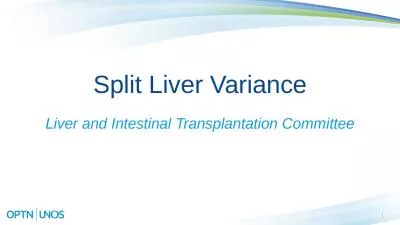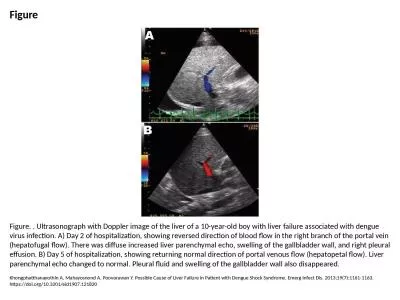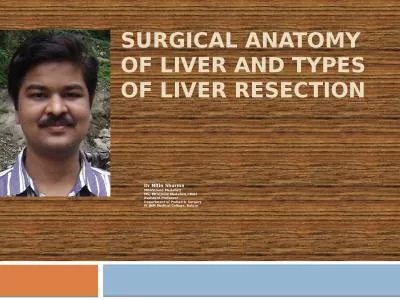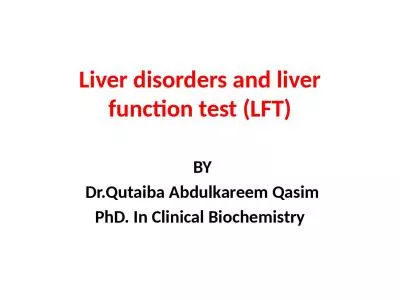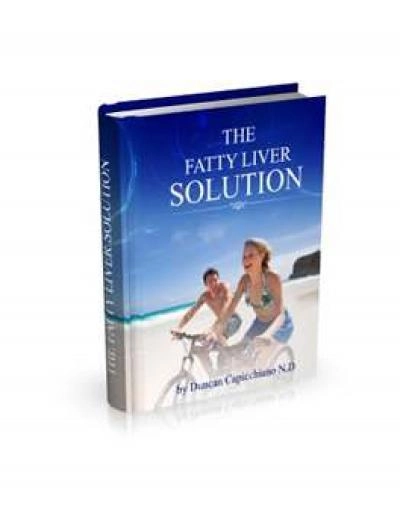PPT-Medicines issues in liver
Author : pamella-moone | Published Date : 2020-04-03
disease Penny NorthLewis Paediatric Liver Pharmacist Leeds Childrens Hospital September 2019 Where is the liver What does the liver do Synthesis eg albumin amp
Presentation Embed Code
Download Presentation
Download Presentation The PPT/PDF document " Medicines issues in liver" is the property of its rightful owner. Permission is granted to download and print the materials on this website for personal, non-commercial use only, and to display it on your personal computer provided you do not modify the materials and that you retain all copyright notices contained in the materials. By downloading content from our website, you accept the terms of this agreement.
Medicines issues in liver: Transcript
Download Rules Of Document
" Medicines issues in liver"The content belongs to its owner. You may download and print it for personal use, without modification, and keep all copyright notices. By downloading, you agree to these terms.
Related Documents

